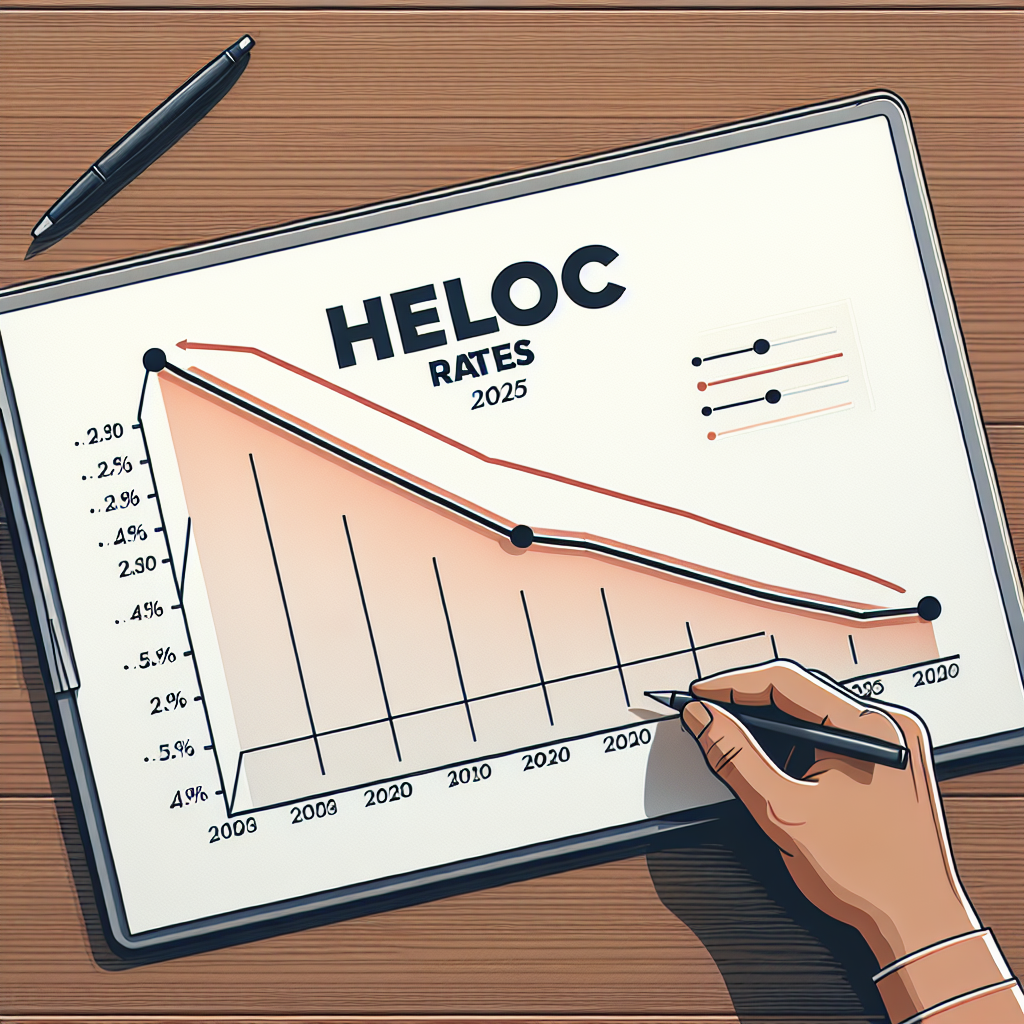Key Insights to Keep in Mind
- Personal loans without collateral but low interest typically land in the hands of those boasting stellar credit.
- They serve as a solid substitute for secured financing options like home equity loans or cash-out refinancing.
- Your credit rating reigns supreme in deciding just how rock-bottom your interest rate might fall.
- For borrowers with strong financial footing, many lenders toss out rates below 10% on short-duration loans.
A personal loan with an interest rate that dips beneath the market’s current average — clocking in at 12.37% as of September 3, 2025 — is what defines a low-interest loan. However, unlocking such rates mandates top-tier credit and a healthy paycheck. Before diving headfirst into an application, it’s smart to shop around and see which lenders are ready to deliver the juiciest deals.
What Does a “Low” Interest Rate Look Like?
In the realm of personal loans, an APR under 10% generally fits the bill for “low interest.” But some standout players like Upstart and LightStream kick things off with rates below 7%, provided your credit score and income impress. The past year saw a creeping upward trend in average APRs, yet the floor has dipped under 7% at several competitors.
Rates can swing based on credit strata — a lender might quote 20% to a fair-credit borrower, while another might slice that to 18%. Though these figures don’t compete with prime credit APRs, they count as low within their respective credit bands.
Remember, how long you borrow plays a crucial role too. Lenders usually tack on steeper APRs for longer stretches, such as loans stretching beyond five years.
Quick Data Snapshot
According to recent market data, approximately 43% of personal loan borrowers with credit scores above 720 secure rates under 10%. Meanwhile, longer-term loans (over 60 months) have seen average APRs creep closer to 13%, reflecting the premium lenders charge for extended risk.
How Fees & Discounts Tweak Your True Cost
Don’t be dazzled by headline low rates without digging into pesky fees. A seemingly attractive APR can lose its luster if accompanied by steep charges. Ask about autopay perks and other promos — banks and credit unions often hand out discounts that can slice your interest bill considerably over time.
Where to Hunt for Low-Interest Personal Loans
Not every lender rolls out the red carpet with attractive rates. Online lenders, traditional banks, and credit unions tend to pitch the most competitive deals, often processing funds within a single business day for those who qualify. But beware: some lenders advertise sky-high APRs—up to 35.99%—tailored more for those with shaky credit histories.
Fees can also sneak up on you, with some online lenders charging up to 12%. Additionally, check for restrictions on loan usage; some may limit funds to purposes like home improvement.
Banks as Your Low-Interest Allies
If personal loans are on their menu, banks frequently spotlight some of the lowest APRs out there. Existing customers might unlock relationship discounts if they have active checking or savings accounts. However, snagging these prime rates usually requires excellent credit and terms longer than three years.
Whether regional or national, banks tend to cap rates around 18% for qualifying customers — a far cry from lenders whose APRs can creep near 36%.
Marketplace Matchmaking Platforms
Platforms like Bankrate compile lender offers in one tidy spot, detailing fees, APR ranges, credit score minimums, and terms. This one-stop-shop saves you the grunt work of sifting through lender fine print and lets you submit a single application to get multiple bids.
Tips for Scoring a Rock-Bottom Personal Loan Rate
Locking down a loan with a modest APR boils down to possessing excellent credit, steady income, and a low debt-to-income ratio — these three together sharpen your negotiating edge.
- Scout and compare lenders. Even if you don’t hit the top tiers for interest rates, hunting for lenders who cater to your credit profile can yield surprisingly affordable options with friendlier terms and fewer fees.
- Seek prequalification offers. These soft credit checks can give a sneak peek at what rates you might qualify for, minus any impact on your score.
- Bring a cosigner or collateral. While many personal loans come unsecured, having collateral or a cosigner can open the door to lower interest rates — though such options aren’t always easy to find.
Criteria That Determine Eligibility for Low-Interest Loans
Lenders dishing out low-rate loans often have a few extra hoops to jump through:
- Higher income thresholds. Beyond just a strong credit score, you may need to prove a robust income level to qualify.
- Stricter debt limits. Expect lower allowable debt-to-income ratios to reassure lenders you can comfortably manage repayments.
- Use restrictions. Funds might be earmarked strictly for purposes like debt consolidation or home renovations.
- Limited cosigning options. Adding a co-borrower or cosigner is often off the table, restricting your ability to boost borrowing power on low-interest loans.
Final Word: Why Low-Interest Personal Loans Are Worth Considering
Personal loans with appealingly low APRs can save you significant cash over the life of the loan—especially if you boast a high credit score and solid income. Shorter loan terms can unlock those “as-low-as” advertised rates, but always do your homework and compare options thoroughly. Favor lenders offering prequalification to keep your credit score intact while you shop around. In the end, smart comparisons and careful budgeting make all the difference when hunting for the loan that suits your wallet best.



